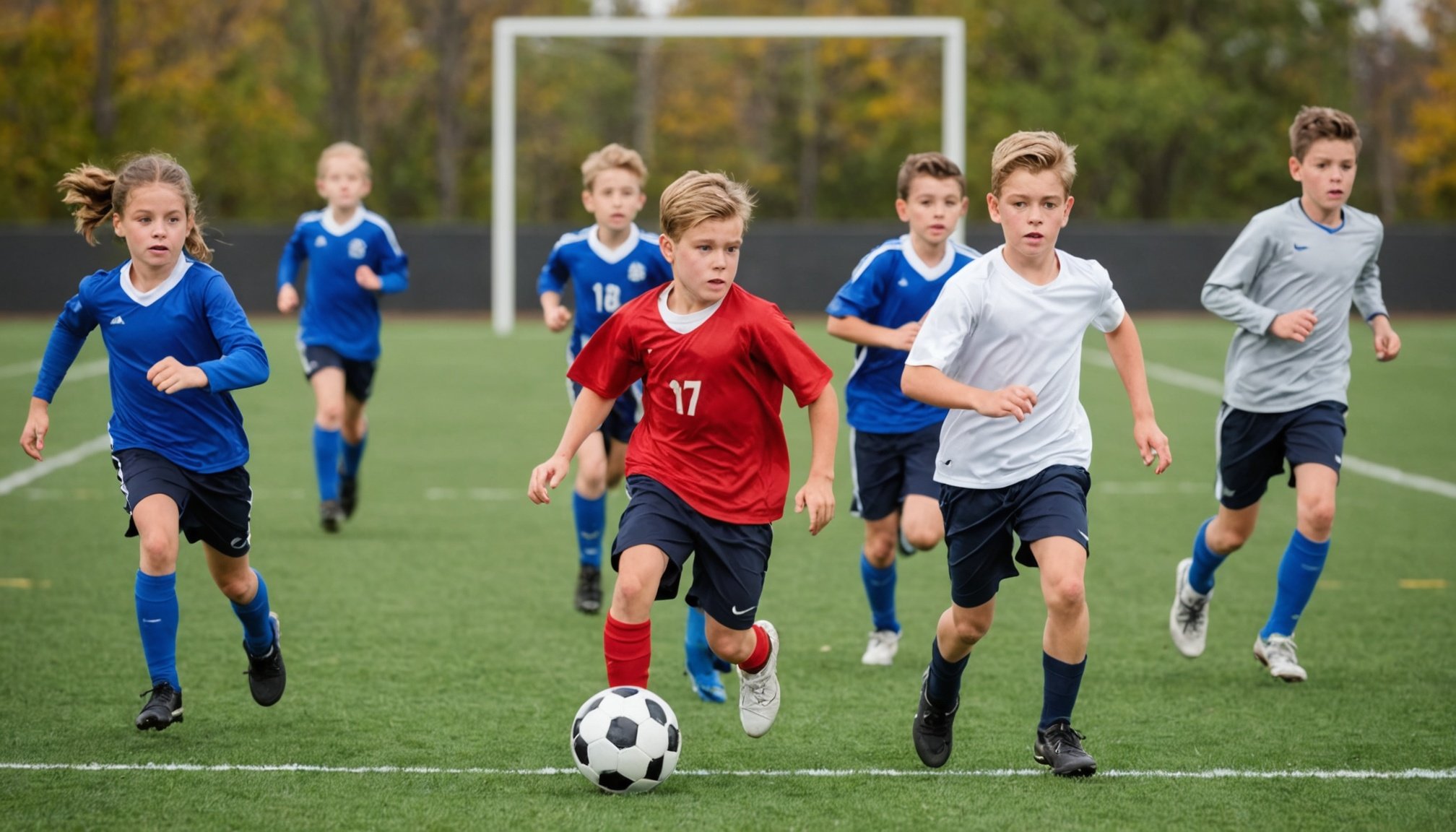The world of sports has evolved significantly over the years, particularly in how young athletes are developed. With parents and coaches striving to help children achieve their best, the debate surrounding early specialization versus multi-sport participation has gained traction. This article delves into the benefits and drawbacks of both approaches to shed light on how to best support the developmental needs of young athletes. Understanding this topic can aid in making informed decisions that could shape the future of a child’s athletic career.
Understanding Early Specialization in Sports
Early specialization refers to the practice of focusing on one specific sport at a young age, often around 6 to 8 years old. This approach is gaining popularity due to the perceived advantages of developing skills that can lead to elite performance later in life. Many believe that committing early enables young athletes to hone their abilities intensively, which can result in higher levels of success as they transition into professional realms.
Also to read : Mastering Hydration: Top Techniques for Endurance Riders to Stay Energized
However, while there are benefits to early specialization, such as developing a deep understanding of the sport and improving specific skills, it is essential to consider the potential risks. Young athletes may face increased pressure to perform at high levels consistently, which can lead to burnout or even injuries. Additionally, focusing solely on one sport may limit their exposure to different physical activities that cultivate a well-rounded athletic skill set.
Focusing on one sport can also impact social interactions and opportunities for teamwork found in other sports. Athletes may miss out on the invaluable experiences of playing with peers, learning different strategies, and developing social skills that come from being part of a team in various sports. The commitment required for early specialization often sidelines the importance of enjoying the game, which can lead to resentment rather than passion for the sport.
Additional reading : What are the key elements of an effective warm-up routine for various sports?
The Case for Multi-Sport Participation
Multi-sport participation involves encouraging young athletes to engage in various sports rather than focusing on a single discipline. Advocates of this approach emphasize its numerous benefits for physical and mental development. By partaking in different sports, children can develop a broader range of skills, enhance their overall performance, and reduce the risk of repetitive strain injuries that often result from specializing too early.
One of the most significant advantages of playing multiple sports is the development of varied motor skills and physical literacy. Young athletes learn to run, jump, throw, and swim in different contexts, which promotes athletic versatility. This well-rounded training contributes to better performance when they eventually choose to specialize in one sport later on.
Moreover, engaging in different sports helps in building a sense of teamwork and camaraderie among peers. Young athletes learn critical life skills such as communication, collaboration, and resilience, which are essential for success both in and out of the sporting arena. It allows them to foster friendships across various sports communities, enriching their social lives and creating a supportive network. Multi-sport participation can also keep the love for sports alive, as children switch from one activity to another, preventing the stagnation and pressure that often accompanies early specialization.
Injury Risks and Long-Term Implications
In the realm of sports, the risk of injury is a constant concern, especially for young athletes. Early specialization often leads to overuse injuries due to repetitive motions inherent in focusing on a single sport. Athletes may spend countless hours training, leading to fatigue and stress on specific muscle groups. Over time, these repetitive motions can result in serious injuries that may sideline them for extended periods, impacting their long-term athletic careers.
In contrast, multi-sport participation offers a different approach to injury prevention. By engaging in various activities, young athletes allow different muscle groups to develop and strengthen, lessening the risk of overuse injuries. When they alternate between sports, they give specific muscles a chance to rest and recover, ultimately contributing to a more sustainable athletic career.
Furthermore, young athletes who participate in multiple activities often display lower dropout rates from sports altogether. This is crucial because many children abandon sports due to injuries or burnout. The versatility and enjoyment found in a multi-sport approach can retain their interest long into their adolescent years, fostering a lifelong love of physical activity.
Finding the Right Balance for Young Athletes
As you weigh the benefits of early specialization against those of multi-sport participation, it becomes evident that finding the right balance is key. Each young athlete is unique, and their interests, physical capabilities, and emotional readiness should guide decisions regarding their sporting journey. For some, early specialization might ignite a passion for a particular sport, while others may thrive in a more versatile environment.
Parents and coaches play a crucial role in this decision-making process. Listening to the child’s interests and observing their enjoyment levels can provide valuable insights into what approach might suit them best. It is essential to prioritize the child’s emotional health and not just their competitive success, which can often lead to detrimental effects on their overall well-being.
In addition, a hybrid approach can be particularly beneficial. Young athletes can engage in multiple sports during certain seasons while also dedicating time to their chosen sport. This allows them the flexibility to develop diverse skills while still pursuing specialization. Emphasizing training, fun, and personal growth can help cultivate a positive environment that encourages sustained engagement in sports.
In conclusion, the debate between early specialization and multi-sport participation for young athletes is complex and varies based on individual circumstances. While early specialization can lead to elite performance, it is fraught with risks associated with injuries and burnout. On the other hand, multi-sport participation promotes a well-rounded athletic development and fosters a love for sports without the same level of pressure.
Ultimately, the focus should be on nurturing young athletes in a way that keeps them engaged, healthy, and happy in their sporting endeavors. By considering each child’s unique needs and preferences, parents and coaches can create an environment that supports their growth and development, whether they choose to specialize early or participate in multiple sports.











